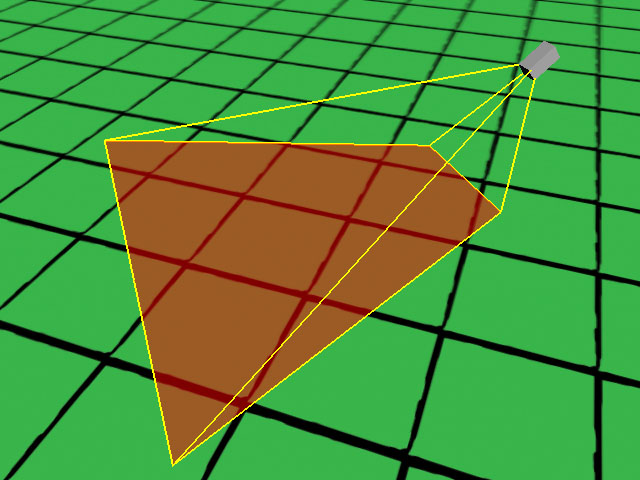To make a cube ground run at 60 frames.
Use one videotexture screen that is a four vertex plane parented to the camera.Have a overlay scene camera in every
scene.Dynamically load a row cubes going out from the camera in the direction the player is looking.And end them as the player rotated from that angle.Have a platform ten by ten that the player stands on.And as the player is walking forwards nine are added in front and nine are ended in the direction of movemet.Switch scenes to add a row of cubes
at a different angle.Place the images on the video texture plane combined to give the illussion of the whole ground being there.
Please structure your post and give some visual examples if you want some to even care to answer.
Meanwhile follow this logic:
This the cameras frustum:

Everything in the camera frustum is rendered. Ie the cubes in front of you.
Everything that is not in the camera frustum only takes memory and needs no rendering.
No matter what you do, if the object is in a frustum it gets worked on.
Main take from this:
You do not need concern yourself optimizing the objects that are not in frustum. Meaning the objects behind or just outside the camera.
You will NOT get more PERFORMANCE by hiding objects that are not currently in the frustum.
Now the occluder part:
Now occluder filter out objects in the frustum that do not need rendering.
So if there a lot of things behind something they could be excluded from the rendering.
But! Occluders take a lot of processing on their own so they are only good if used sparingly.
Otherwise why not make all objects occluders?
And occluders only help you until the objects are hidden.
When you are past the occluder, the object will have to be rendered anyway.
In the bird eye view in voxel games a occluder can’t occlude , and you just waste even more electricity.
